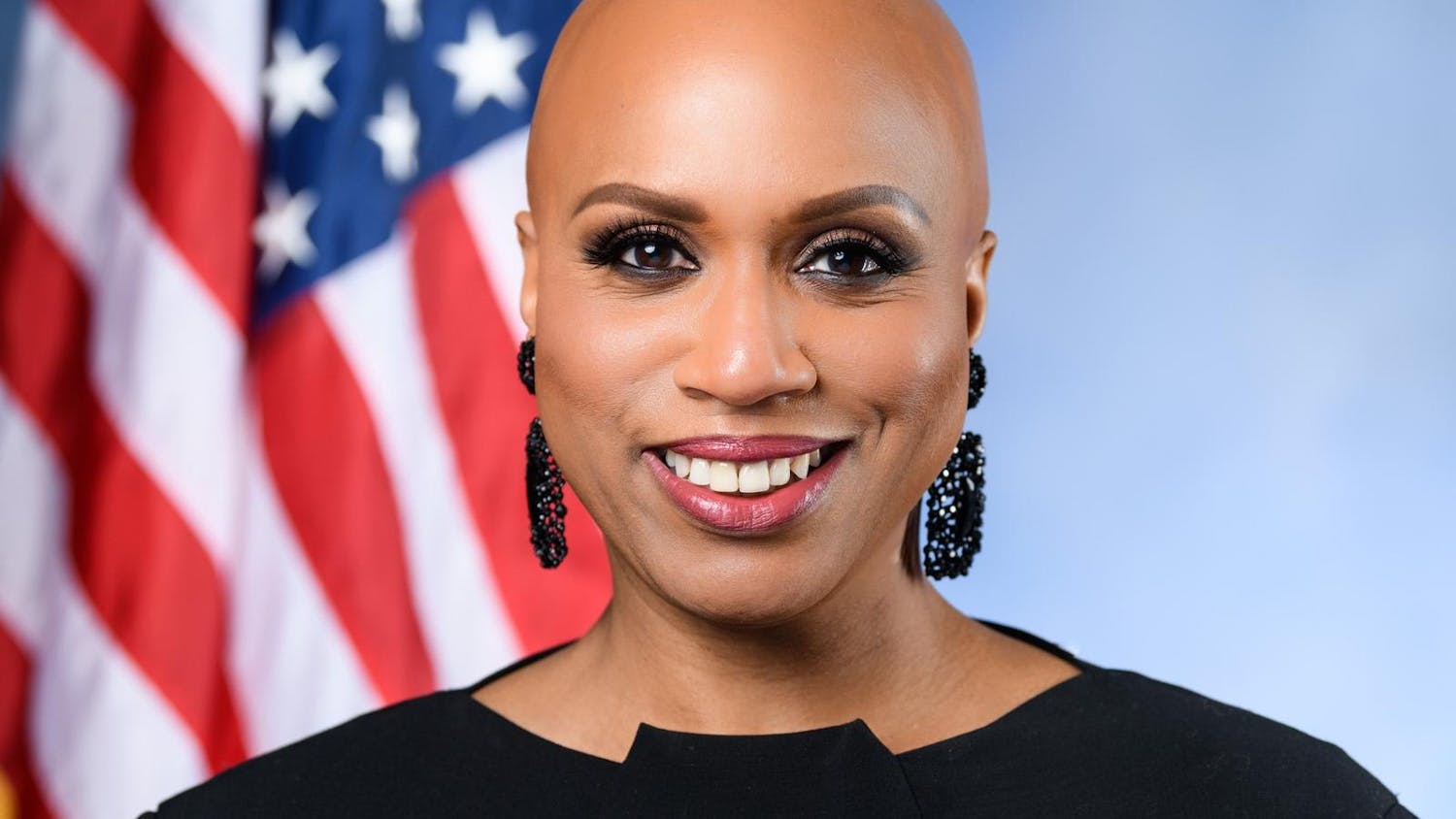In light of rapid increases in book digitization over the last few years, some universities are taking steps to implement cost-effective e-textbook programs. Though the option has been explored at Brown, the University is unlikely to follow their lead anytime soon, said Steven Souza, director of the Brown Bookstore.
This semester, Cornell, the University of California at Berkeley, the University of Minnesota, the University of Virginia and the University of Wisconsin partnered with Internet2, a higher education networking consortium, to launch an e-textbook pilot program. The pilot program seeks to provide the participating universities with a way to incorporate e-textbooks into a traditional classroom setting using a business model that will lower costs for students and publishers, the Chronicle of Higher Education reported last month.
During the current trial phase, universities are covering the costs of the e-textbooks for students in the courses testing out the program. The eventual goal is for students to pay a base course-materials fee and then gain access to all the e-textbooks at reduced prices, according to the Chronicle. Universities would purchase e-textbooks in bulk at lower costs, a move that appeals to publishers because it provides a steady source of income in an increasingly multidimensional and uncertain industry.
In a rapidly evolving technological world, it is important for universities to consider all the options and determine what works best for students and faculty, said Clare van den Blink, assistant director for academic technology services and user support for Cornell Information Technologies, who is overseeing the program at the university.
"That's what we're doing the pilot to find out, because (online) textbooks are different than if you're reading for your own enjoyment," she said. "Right off the bat, I would say if you have a textbook that has multimedia embedded, then it sort of lends some different opportunities for unique kinds of learning."
Cornell bookstore sales have been steady in recent years, van den Blink said, adding that the semester-long pilot program will evaluate the software program, Courseload, as well.
A separate program at Indiana University, spearheaded over the past few years as a pilot program and implemented university-wide at the start of this school year, has relied on a different business model to make e-textbooks widely available. The Indiana University eText Initiative includes a fee for books in each class that is mandatory but lower than traditional costs. Publishers eliminate printing costs and get paid each semester that a student uses an e-book, rather than only receiving pay when books are sold to the university, according to Nik Osborne, leader of the Indiana initiative and chief of staff for the vice president for information technology. This system generates financial incentives for all parties, he said.
Students have responded favorably thus far, Osborne said, adding that emerging technologies will only make the software more palatable in future years.
"The software's getting better and better to where books are becoming less and less of the static PDFs," he said. "It's actually interactive, so students and faculty can highlight, annotate — they can share their annotations directly."
Osborne said the changes have gone smoothly because the choice to use e-textbooks is entirely at each professor's discretion, and students can print out any part of the e-textbooks free of charge.
At Brown, a major shift to e-textbooks is not a top priority, for matters of both cost-efficiency and interest, Souza said.
"What I've observed in the past is that e-textbooks aren't all that different in price," he said. "The students haven't embraced it. … We've kind of made that a back-burner topic because of the lack of interest."
Mike McDade, textbook department manager at the bookstore, said the issue is not the unavailability of e-textbooks, which have proliferated as options at most major publishing houses in the past few years.
"I think the reticence particularly on this campus is twofold," he said. Given the bookstore's popular textbook rental program and other low-cost options like Amazon, the appeal of even the cheapest e-textbooks is limited, McDade said, citing a large biology e-textbook that sold fewer than 10 copies in a class of 200 despite its $40 price tag. In addition, most e-textbooks are not returnable, a system frequently incompatible with the fluctuations of shopping period.
Though bookstore sales, like those across the nation, had been falling for a few years, the introduction of the textbook rental program in January 2011 has stopped the decline, Souza said. Sales have remained steady for the past few semesters.
On campus, students who have used e-textbooks before expressed mixed reactions to the technology. Poulomi Chakrabarti GS said she has used online textbooks in many of her classes and finds it both a cheaper and more efficient method, but she also recognizes some of the drawbacks.
"It takes a while to get used to, and I write on my readings and I highlight, which is difficult to do on an online textbook," she said.




